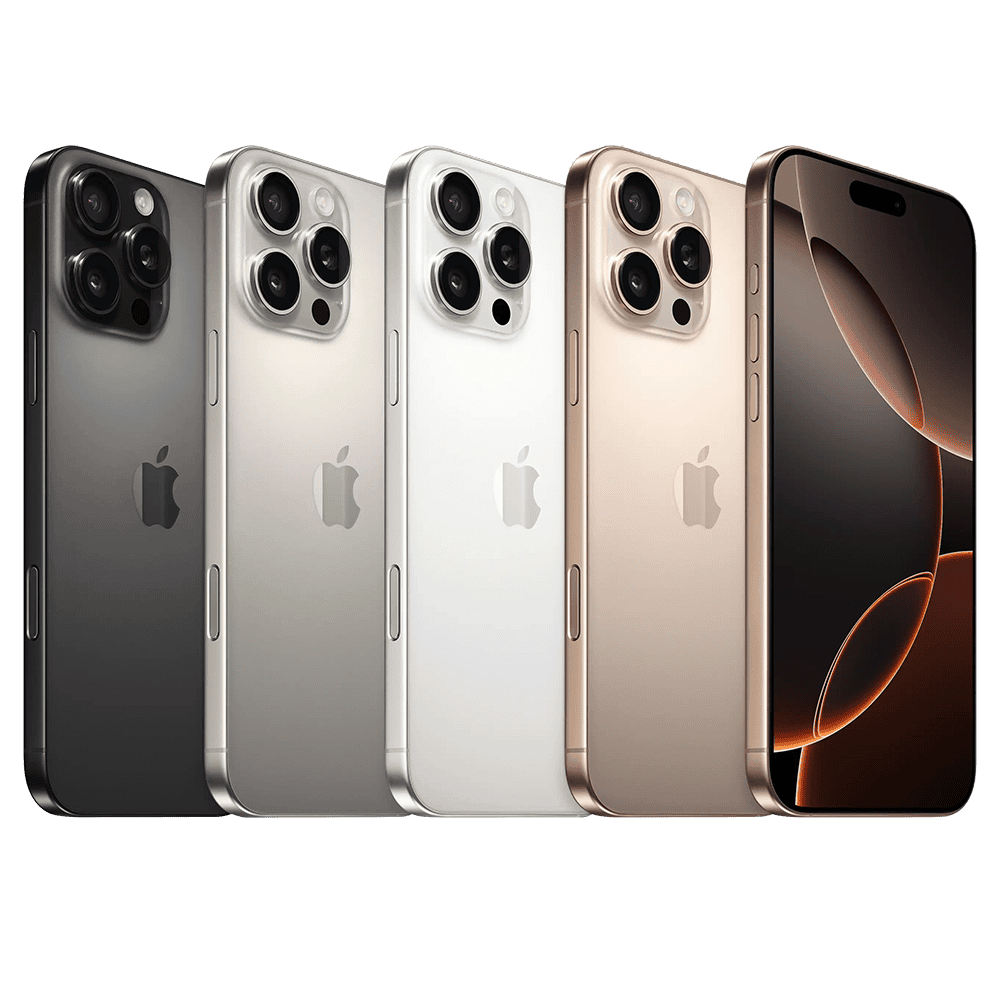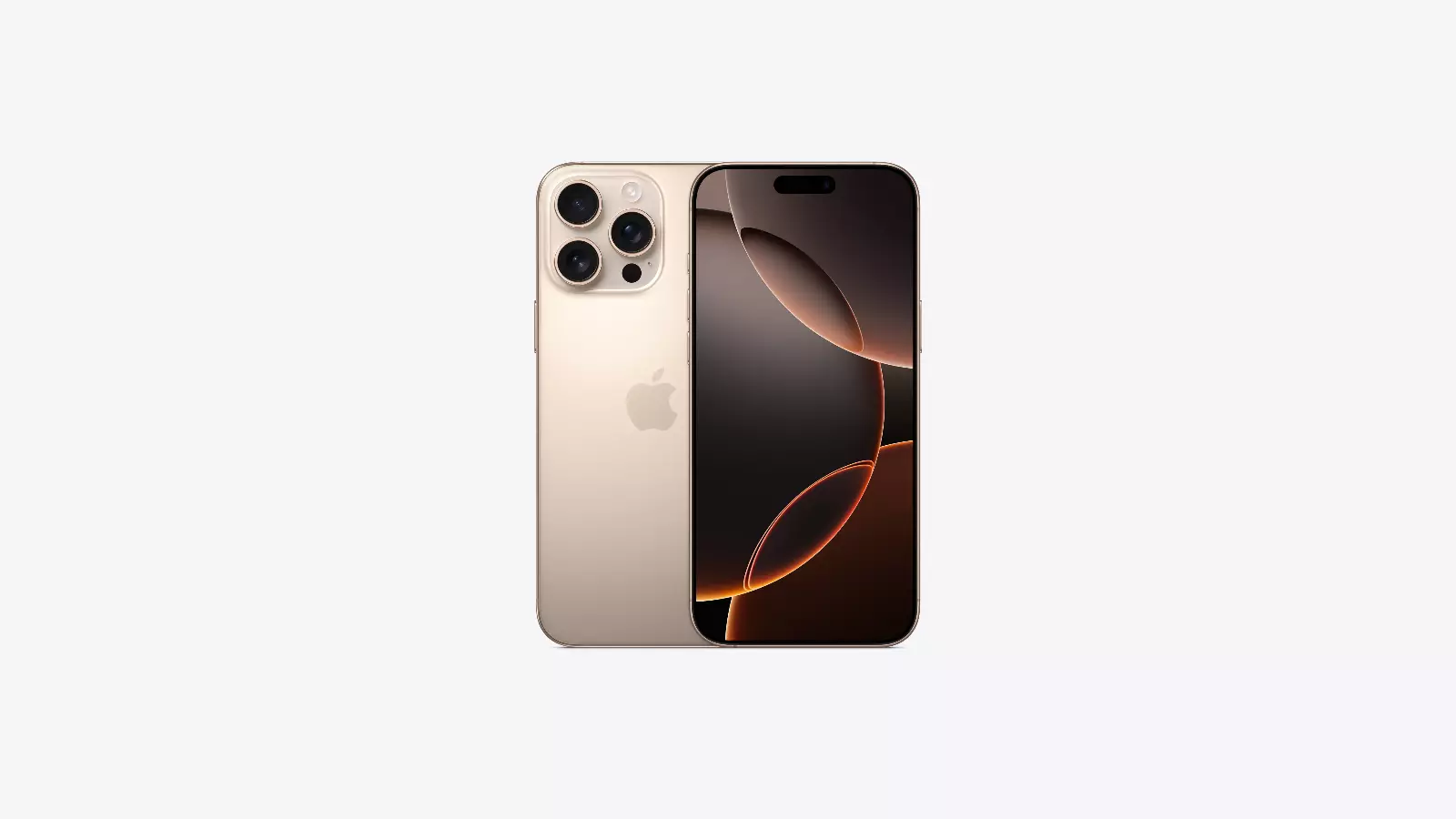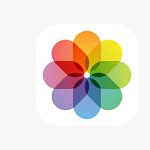Apple’s relentless pursuit of innovation has led to increasingly powerful — and physically larger — iPhones with every generation. The iPhone 16 Pro Max, released in September 2024, now holds the crown for the largest iPhone ever made, featuring a stunning 6.9-inch display and a design that pushes the limits of immersive mobile technology. But how does it stack up against previous models in terms of actual size, usability, and technical upgrades?
Let’s break down Apple’s biggest iPhones by display size, physical dimensions, and performance to understand how far the lineup has come — and whether bigger truly means better.
iPhone Display Size Comparison
| Model | Display Size | Resolution | Aspect Ratio | Physical Size (mm) | Weight (g) |
|---|---|---|---|---|---|
| iPhone 16 Pro Max | 6.9″ OLED | 2868 × 1320 (460 ppi) | 13:6 | 163.0 x 77.8 x 8.4 | 227 |
| iPhone 15 Pro Max | 6.7″ OLED | 2796 × 1290 | 19.5:9 | 159.9 x 76.7 x 8.25 | 221 |
| iPhone 14 Pro Max | 6.7″ OLED | 2796 × 1290 | 19.5:9 | 160.7 x 77.6 x 7.85 | 240 |
| iPhone 13 Pro Max | 6.7″ OLED | 2778 × 1284 | 19.5:9 | 160.8 x 78.1 x 7.65 | 238 |
| iPhone 8 Plus | 5.5″ LCD | 1920 × 1080 | 16:9 | 158.4 x 78.1 x 7.5 | 202 |
Observation: Although the iPhone 16 Pro Max has the largest display ever, older models like the iPhone 8 Plus still rival its overall size due to larger bezels and physical buttons. Apple’s modern strategy maximizes screen real estate without increasing the overall footprint too dramatically.
Key Features of the iPhone 16 Pro Max
- Largest Display Ever on an iPhone: A 6.9-inch Super Retina XDR OLED screen, with ultra-thin bezels and a unique 13:6 aspect ratio — ideal for multitasking and cinematic viewing.
- Top-Tier Performance: Powered by the A18 Pro chip, built on a 3nm node with a 6-core CPU, 6-core GPU, and a 16-core Neural Engine that handles AI tasks like real-time language translation and photo enhancement more efficiently.
- Pro-Level Cameras: Triple 48MP camera setup (wide, ultrawide, and 5x telephoto), with 4K at 120fps video and a new Camera Control button that streamlines photography access.
- Best Battery Life Yet: With a 4,685mAh battery, the 16 Pro Max offers up to 33 hours of video playback — the most endurance of any iPhone ever made.
- Titanium Design: Lightweight but rugged, available in Desert Titanium, Natural Titanium, White Titanium, and Black Titanium.
- Next-Gen Connectivity: Features Wi-Fi 7 and a Qualcomm X71 modem, ensuring blazing-fast wireless speeds and future-ready compatibility.
Real-World Feedback
Many users praise the iPhone 16 Pro Max’s display brilliance, especially for gaming and media consumption. Its peak brightness of 2000 nits makes it perfect for outdoor use. Battery life is another highlight, often outlasting even iPads during daily use.

However, not everyone is thrilled about its increased size and weight. At 227 grams, the phone can be uncomfortable for extended one-handed use, especially without a case. Some users prefer the iPhone 16 Pro, which delivers nearly identical performance in a more compact 6.3-inch form.
The Evolution of Big iPhones
Apple’s design philosophy has evolved from the large-bezel, home-button-heavy devices of the past to sleek, edge-to-edge machines that prioritize usability and display real estate. While the iPhone 8 Plus looked massive in its day, the iPhone 16 Pro Max fits a much larger screen into a slimmer, more efficient body.
Even as Apple maximizes screen size, it avoids turning its phones into unwieldy bricks by refining materials, optimizing weight distribution, and offering design enhancements like titanium framing.
iPhone Pro Max Models: 5-Year Comparison Table
| Model | Release Year | Display Size | Resolution | Chip | Camera Setup | Battery Life (Video Playback) | Weight (grams) | Material |
|---|---|---|---|---|---|---|---|---|
| iPhone 16 Pro Max | 2024 | 6.9″ | 2868 × 1320 | A18 Pro | 48MP (Wide, Ultra-Wide, 5x Telephoto) | 33 hrs | 227 | Titanium |
| iPhone 15 Pro Max | 2023 | 6.7″ | 2796 × 1290 | A17 Pro | 48MP (Wide, Ultra-Wide, 5x Telephoto) | 29 hrs | 221 | Titanium |
| iPhone 14 Pro Max | 2022 | 6.7″ | 2796 × 1290 | A16 Bionic | 48MP (Wide, Ultra-Wide, 3x Telephoto) | 29 hrs | 240 | Stainless Steel |
| iPhone 13 Pro Max | 2021 | 6.7″ | 2778 × 1284 | A15 Bionic | 12MP (Wide, Ultra-Wide, 3x Telephoto) | 28 hrs | 238 | Stainless Steel |
| iPhone 12 Pro Max | 2020 | 6.7″ | 2778 × 1284 | A14 Bionic | 12MP (Wide, Ultra-Wide, 2.5x Telephoto) | 20 hrs | 228 | Stainless Steel |
This chart highlights how Apple’s Pro Max line has steadily evolved — not just in screen size, but also in materials, chip performance, and battery life.
The iPhone 16 Pro Max isn’t just the biggest iPhone — it’s also the most powerful, most visually striking, and most battery-efficient iPhone Apple has ever made. If you’re someone who values screen size for work, play, or creative tasks, it’s clearly the best choice. But if comfort and portability matter more to you, the iPhone 16 Pro may strike a better balance.
Older Large iPhones
When looking at the biggest iPhones, design and build quality pair with advanced screen technology to offer both durability and an immersive viewing experience.
Dimensions and Build
The iPhone 12 Pro Max stands out with its impressive size. It sports a 6.7-inch display encased in a durable design featuring a new Ceramic Shield material. This shield is tough, claiming to offer better drop protection compared to previous glass. The chassis is a sleek combination of glass and stainless steel, giving the device a polished look and a sturdy feel in hand.
Screen Technology
The display on the iPhone 12 Pro Max is an OLED screen known as the Super Retina XDR display. This OLED technology delivers rich contrasts and true blacks, making any visual content pop. The larger 6.7-inch display not only offers a bigger viewable area but also boasts the highest resolution on an iPhone, enabling a highly detailed and crisp viewing experience.
Camera and Photography
When discussing iPhone’s camera capabilities, the emphasis is on advanced features for both photography enthusiasts and professionals. The camera systems offer a blend of hardware and software designed to capture stunning images and videos.
Camera Specifications
The iPhone models with the most comprehensive camera systems boast a trio of rear cameras. These include a main wide camera, an ultra-wide camera, and a telephoto camera. The main camera generally features a larger sensor that allows more light and increases the quality of the image. The telephoto camera provides optical zoom capabilities, letting users frame their shots at different focal lengths without losing image quality. Night mode comes standard on these devices, supporting low-light photography by enhancing image clarity.
Key specifications of the camera system:
- Main Wide Camera: Larger sensor for improved low-light performance
- Ultra-Wide Camera: Captures a broader field of view
- Telephoto Camera: Up to 2.5x optical zoom and 12x digital zoom
- Night Mode: Enables clear shots in darker environments
- Computational Photography: Enhances image quality through software
Video Recording Capabilities
iPhones stand out with their video recording features. They support 4K video recording at various frame rates, offering both versatility and high-resolution output. Sensor-shift optical image stabilization helps keep videos steady, countering hand movements while filming. The newer models also offer Dolby Vision video recording, allowing users to capture cinema-grade videos that are rich in detail and color. The front camera isn’t left behind, often supporting high-quality video recording, making it an excellent choice for selfies and vlogging.
Essential video features include:
- 4K Video Recording: High resolution at different frames per second
- Sensor-shift Optical Image Stabilization: Stabilizes videos
- Dolby Vision: Advanced color and lighting for video
- Front Camera: High-resolution video for self-recording
With these sophisticated camera and video capabilities, iPhones cater to users looking for professional-grade photography and videography tools in a smartphone. Combining powerful cameras with computational photography and advanced video technology, they set a high bar for mobile imaging.







